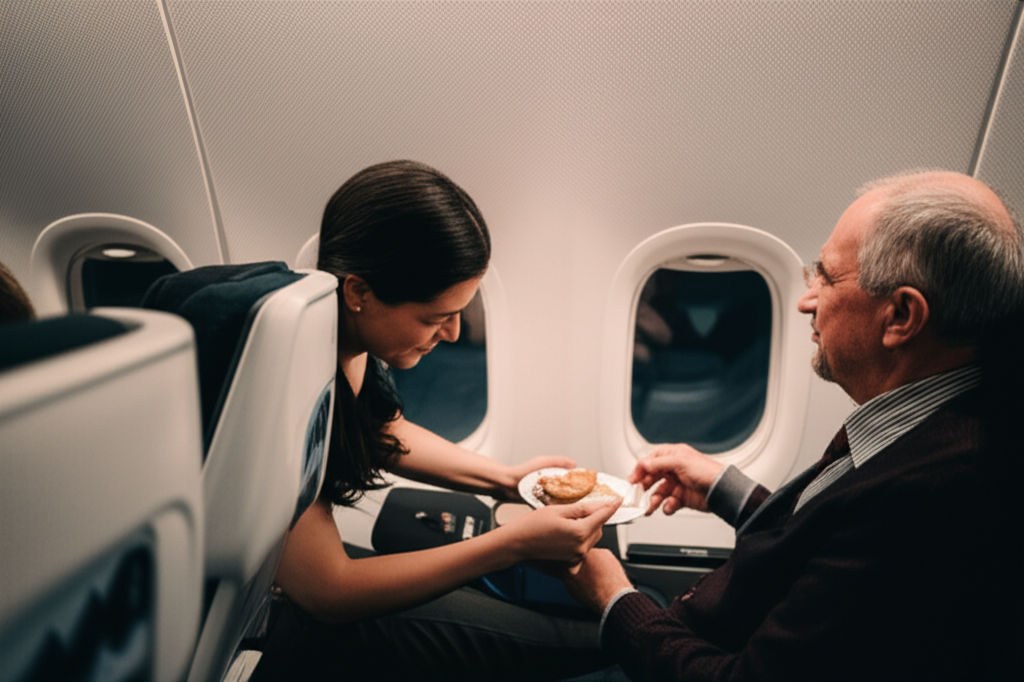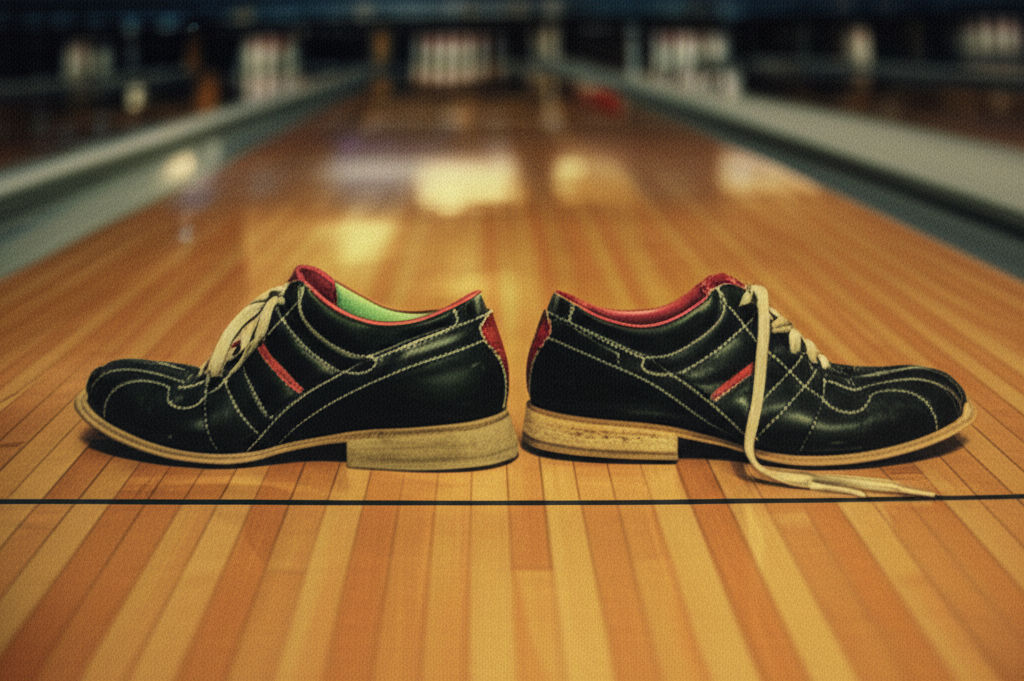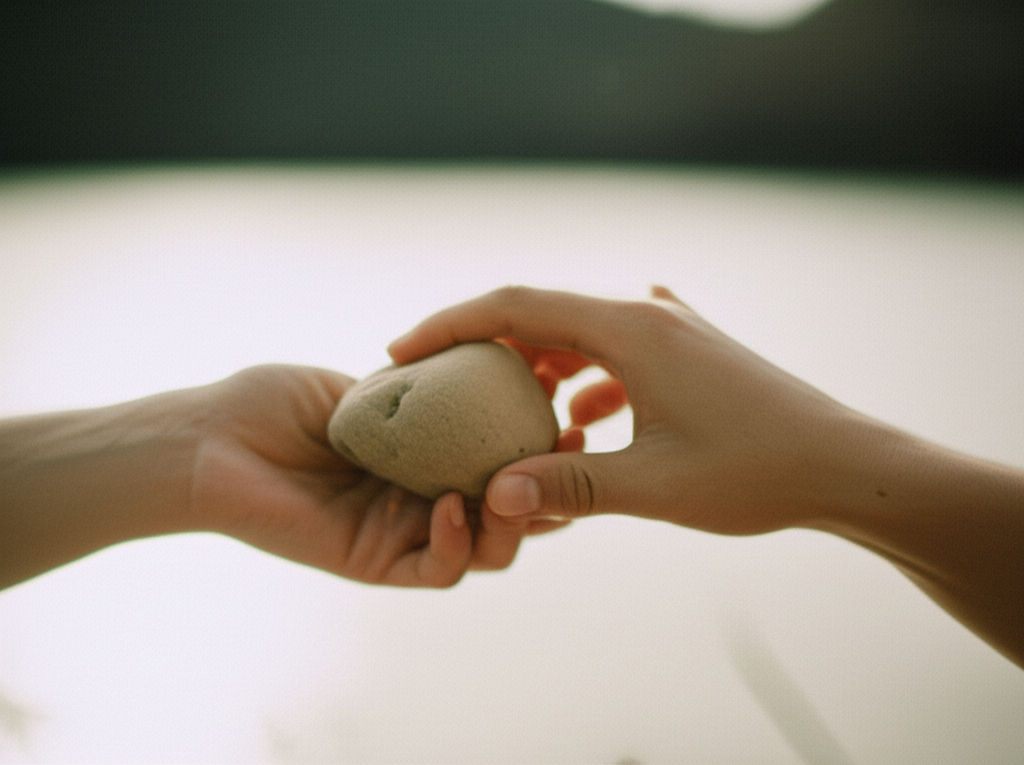Choosing the Best Business Card Paper
Ikhsan Rizki
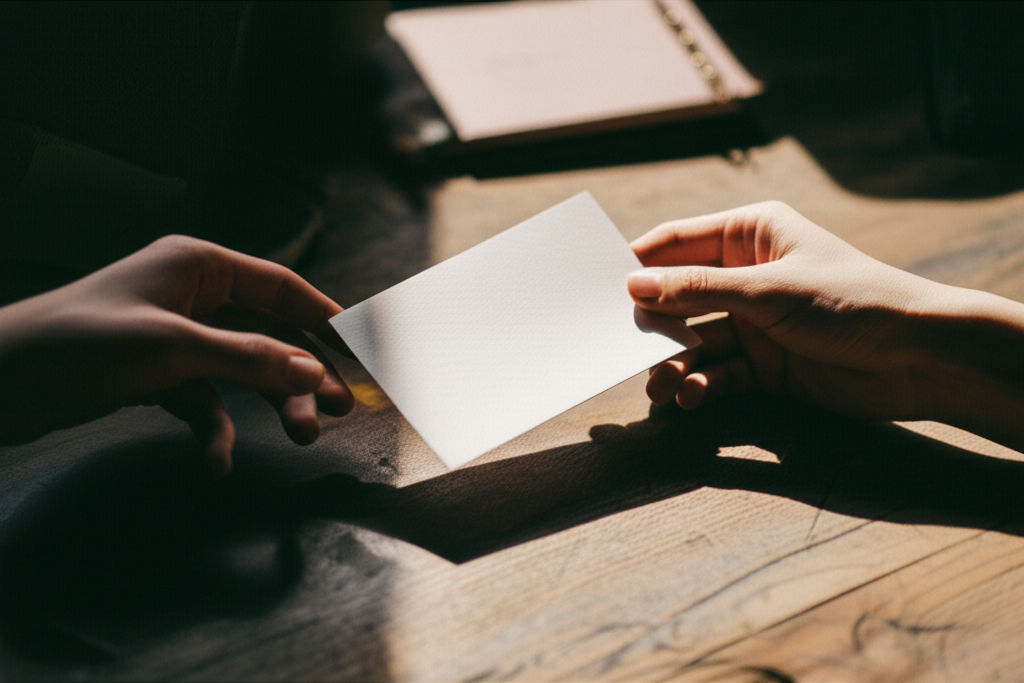
Photo: Elevate your brand with the perfect business card paper. This guide covers weight, texture, and finish to ensure a professional, lasting impression.
Choosing the Best Business Card Paper: Your Guide to Making a Lasting Impression
In today's digital age, does the humble business card still matter? Absolutely! It's often the first tangible representation of your brand, a physical handshake that lingers long after the meeting is over. But with so many options available, how do you go about choosing the best business card paper? The weight, texture, and finish of your card can subtly, yet powerfully, influence how your brand is perceived. A flimsy card might suggest a lack of attention to detail, while a substantial, well-chosen one can convey professionalism and quality.
This comprehensive guide will walk you through the essential elements of business card paper, helping you navigate the choices and select the perfect stock to make a memorable and impactful first impression.
Understanding Business Card Paper Basics
Before diving into specific types, let's clarify what makes business card paper unique and why these factors are crucial for your final product.
Paper Weight: GSM vs. Point (Pt) vs. Pounds (lb)
Paper weight refers to the thickness and stiffness of the paper. It's a critical factor in how durable and premium your business card feels. There are a few common measurement systems:
- GSM (Grams Per Square Meter): This is the international standard, measuring the weight of a 1-square-meter sheet of paper. A higher GSM indicates a thicker, heavier, and more durable paper. For business cards, a range of 250 GSM to 400 GSM is typical, with 350 GSM often considered a sweet spot for professional quality.
- Point (Pt): Primarily used in North America, 'point' refers to the paper's thickness, where 1 point equals 1/1000th of an inch. So, a 14pt cardstock is 0.014 inches thick. Common business card thicknesses range from 14pt to 16pt, with luxury cards going up to 18pt, 24pt, or even 32pt.
- Pounds (lb): This measurement is also common in the U.S. and represents the weight of 500 sheets of paper in its base size. However, the "base size" varies by paper type (e.g., bond, text, cover), making it less consistent for direct comparison across different paper categories. For business cards, 80-110 lb cover stock (approximately 216-300 GSM) is standard, while premium cards might use 110-130 lb cover (300-350 GSM).
Why does thickness matter? Thicker cards are less likely to bend or fray, conveying durability and a higher level of professionalism.
Common Business Card Paper Types and Their Characteristics
The type of paper you choose can drastically alter the look and feel of your business card.
Standard Cardstock
Often 14pt or 16pt, standard cardstock is a popular and cost-effective choice. It provides a good balance of durability and affordability.
Matte Finish
Matte paper has a non-glossy, smooth surface with a muted, natural aesthetic.
- Pros:
- Elegant and sophisticated look.
- Excellent for readability, as it reduces glare.
- Easy to write on with a pen or pencil without smearing.
- More resistant to fingerprints and scratches than glossy finishes.
- Cons:
- Colors may appear less vibrant compared to glossy finishes.
- Less durable against moisture.
- Ideal Uses: Professional services, minimalist designs, cards where you might need to jot down a note.
Glossy Finish
Glossy paper features a shiny, reflective surface that makes colors pop.
- Pros:
- Vibrant colors and crisp images, ideal for designs with photos or bold graphics.
- Adds a sophisticated, eye-catching shine.
- Often more durable due to an extra protective coating, making them resistant to bending and tearing.
- Cons:
- Can be hard to read in certain lighting due to glare.
- Less suitable for writing on.
- Prone to showing fingerprints and smudges.
- Ideal Uses: Creative industries, photography, designs with strong visual elements, or brands wanting a "pop" factor.
Uncoated Paper
Similar to standard printer paper, uncoated paper has a natural, non-reflective texture without any added coating.
- Pros:
- Natural, classic, and earthy feel.
- Excellent for writing on.
- Often a more eco-friendly option if made from recycled content.
- Cons:
- Colors may appear more subdued.
- Less protective against wear and tear compared to coated options.
- Ideal Uses: Brands emphasizing natural, artisanal, or eco-conscious values.
Specialty Papers and Finishes
Want to truly stand out? Consider these premium options:
- Soft Touch/Velvet Lamination: This finish provides a luxurious, velvety smooth feel that is inviting to the touch. It's glare-free and can enhance the perceived quality of your card.
- Linen: Offers a subtle woven texture, conveying elegance and professionalism.
- Cotton: Known for its soft, tactile feel, often used for letterpress printing and high-end brands.
- Kraft: A raw, uncoated paper with a natural, rustic feel, often chosen by eco-conscious businesses.
- Spot UV/Raised Spot UV: A clear, glossy coating applied to specific areas of the card to highlight elements like a logo or text, creating a tactile and visual contrast with a matte or soft-touch background.
- Foil Stamping: Adds a metallic (gold, silver, etc.) or colored foil to parts of your design for a sophisticated, eye-catching effect.
Choosing the Right Weight (Thickness)
The thickness of your business card significantly impacts its durability and the impression it leaves.
- Standard (14pt - 16pt / 300-350 GSM): This is the most common range, offering a good balance of quality and cost-effectiveness. A 14pt card is considered high-quality, while 16pt offers a slightly more luxurious feel.
- Premium/Luxury (18pt - 32pt+ / 350+ GSM): For a truly substantial and memorable card, opting for thicker stock like 24pt or 32pt can make a significant difference. These cards are less likely to bend or fray and immediately convey a sense of high quality and professionalism.
Matching Paper to Your Brand & Industry
Your business card paper should be an extension of your brand identity.
- Professional/Corporate: A classic, heavier cardstock with a matte or soft-touch finish often conveys professionalism and trustworthiness. Think 16pt or 18pt matte.
- Creative/Artistic: Glossy finishes can make vibrant designs pop, while unique textures like linen or cotton, or specialty finishes like Spot UV, can showcase creativity and attention to detail.
- Eco-Friendly/Sustainable: Uncoated or recycled paper stocks align with a brand committed to environmental responsibility.
- High-End/Luxury: Ultra-thick cotton paper, soft-touch lamination, or cards with painted edges can exude exclusivity and premium quality.
Practical Tips for Making Your Choice
Feeling overwhelmed? Here are some actionable steps:
- Get Samples: Many printers offer sample kits. Feeling the different paper types and finishes in your hand is the best way to understand their tactile qualities.
- Consider Your Budget: Thicker and specialty papers and finishes generally cost more. Balance your desired impression with what's financially feasible, especially if you need a large quantity.
- Think About Your Design: Does your design have vibrant colors or photos? Glossy might be best. Is it minimalist with lots of text? Matte could enhance readability.
- What Impression Do You Want to Leave? This is the ultimate question. Do you want to be seen as innovative, reliable, luxurious, or approachable? Let your paper choice reinforce that message.
- Ask Your Printer: Don't hesitate to consult with your printing company. They are experts and can offer valuable advice based on your design and goals.
Conclusion
Choosing the best business card paper is far more than a minor detail; it's a strategic decision that can significantly impact your networking success. The right paper weight, finish, and texture work in harmony with your design to create a powerful, tangible representation of your brand. By understanding the options and considering your brand identity, you can select a business card that not only shares your contact information but also leaves a lasting, positive impression.
What's your favorite business card paper type, and why? Share your thoughts in the comments below!
Frequently Asked Questions (FAQ)
Q1: What is the best thickness for a business card?
A standard professional business card typically uses paper between 14pt to 16pt (or 300–350 GSM). For a more premium and durable feel, consider thicker stock like 18pt, 24pt, or even 32pt.
Q2: Is matte or glossy better for business cards?
Neither is inherently "better"; it depends on your brand and design. Matte finishes offer a professional, elegant, and non-reflective look, making them easy to read and write on. Glossy finishes make colors pop and are great for designs with photos, offering a vibrant, eye-catching shine and often more durability.
Q3: Can I use recycled paper for business cards?
Yes, many printing companies offer recycled paper options for business cards. This is an excellent choice for businesses looking to convey an eco-friendly and sustainable brand image. Uncoated or Kraft paper stocks are often associated with sustainability.
Q4: How does paper choice affect print quality?
Paper choice significantly affects print quality. Coated papers (like glossy or matte) often produce sharper and cleaner printing, especially for photos and fine details, because the ink sits on the surface. Uncoated papers absorb more ink, which can result in slightly more subdued colors but a more natural aesthetic. Thicker paper stocks also tend to resist ink bleed-through better.
Business
View All
November 19, 2025
Why Deloitte Is Laying Off ConsultantsUnderstand why Deloitte is laying off consultants. Economic headwinds, post-pandemic overhiring, and shifting client needs are key factors.
Ikhsan Rizki

August 11, 2025
Review of HON Office FurnitureChoosing office furniture? Our HON review covers reliability, affordability, and who it's best for, helping you pick the right fit for your workspace.
Ikhsan Rizki

August 31, 2025
Best Ways to Find Costco Coupons in 2025Unlock maximum Costco savings in 2025! Discover how to find Instant Savings, use the app, and get email deals for ultimate discounts.
Ikhsan Rizki

November 5, 2025
Virginia Business Search Made EasyUnlock Virginia business info effortlessly! Our guide simplifies SCC searches for name availability, due diligence, and company details. Get reliable results.
Ikhsan Rizki

August 14, 2025
Business Lessons from Busy SpiderUnravel the secrets of success! Discover how a spider's strategic web design, persistence, and efficiency can transform your business.
Ikhsan Rizki

September 10, 2025
How to Style a Risky Business OutfitElevate your office style! Master the "risky business outfit," balancing professionalism with a confident, fashion-forward edge.
Ikhsan Rizki
Economy
View AllUnpack "full employment" beyond zero unemployment. Discover its true meaning, impact on the economy, and how it shapes policy. Master key economic concepts.
Ikhsan Rizki
Decatur, GA on a budget? Learn strategies to find an affordable, quality hotel stay. Enjoy your trip without sacrificing comfort or location!
Ikhsan Rizki
Find comfortable, clean, and affordable economy lodges for your next trip. Our guide helps you discover budget-friendly stays near you!
Ikhsan Rizki
Unlock motivation with the power of token economies! Learn the psychology behind this system to drive positive behavior and achieve goals.
Ikhsan Rizki
Upgrade your long-haul flight! Discover ITA Airways Premium Economy: enhanced comfort, more space, and amenities without the business class price tag. Is it for...
Ikhsan Rizki
Is Singapore Airlines Economy a cut above? Uncover its premium comfort, world-class entertainment, and renowned service in this guide.
Ikhsan Rizki
Education
View AllMaster "Physical Education" in Spanish! This guide covers "Educación Física," "EF," and regional variations like "Gimnasia." Speak confidently!
Read MoreDiscover special education teacher salaries! Learn national averages, key influencing factors, and strategies to boost your income in this rewarding career.
Read MoreUncover the UGA Marine Center in Savannah, GA. Dive into groundbreaking marine research, education, and conservation protecting Georgia's coast.
Read MoreEmpower your child's special education journey. An IEE offers an unbiased second opinion to ensure their needs are truly met.
Read MoreShape the future of education! Explore Director of Education jobs, key responsibilities, and career paths for experienced leaders.
Read MoreUnpack why Democratic AGs are suing the Education Dept. Learn the key issues, from student loans to policy, and their impact on American education.
Read MoreHealth
View All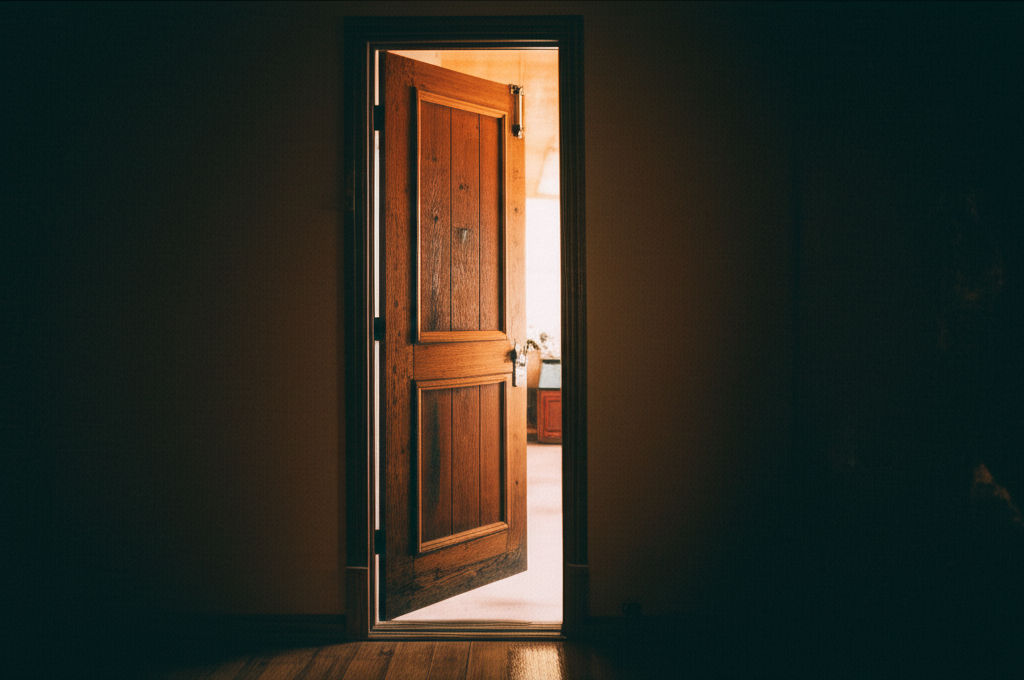
September 24, 2025
Pueblo Community Health ServicesDiscover Pueblo Community Health Services (PCHS): accessible, comprehensive medical, dental, & behavioral health for all in Pueblo. Your guide to quality care.
Ikhsan Rizki

August 24, 2025
LifeStance Health Reviews TodayConsidering LifeStance Health? Get real patient insights. Explore services, reviews, and tips to decide if this mental health platform is right for you.
Ikhsan Rizki

November 6, 2025
Ponce Health Sciences University InfoPonce Health Sciences University (PHSU): A distinguished choice for health education, offering diverse programs, cutting-edge research & community focus.
Ikhsan Rizki

November 29, 2025
San Jose Behavioral ServicesSan Jose behavioral services: Your guide to mental wellness in Silicon Valley. Find local support & thrive amidst life's pressures.
Ikhsan Rizki

October 26, 2025
Follow My Health Northwell Login TipsGet seamless access to your Follow My Health Northwell patient portal. Our guide offers tips to resolve login issues and manage your health records with ease.
Ikhsan Rizki

August 24, 2025
Top 25 Health Science Jobs for 2025Unlock your future! Discover the top 25 in-demand health science jobs for 2025. Find a fulfilling and stable career in healthcare.
Ikhsan Rizki
Popular Articles
View All
1
2
3
4
5
6
7
8
9
10
Lifestyle
View All
November 2, 2025
What is HM Lifestyle on your credit card
Mysterious "HM Lifestyle" charge on your card? Unravel what it means, from H&M purchases to potential fraud, and how to investigate.

September 18, 2025
Life With a Five Million Dollar Net Worth
Ever wonder what life with $5M net worth is *really* like? Uncover the true realities, responsibilities, and financial freedom beyond the luxury.

November 24, 2025
Inside Red Monkey Lifestyle Brand
Red Monkey Lifestyle Brand: Authentic rock & roll style handcrafted in America. Unique, vintage-inspired accessories for those who stand out.

October 1, 2025
The Passage Hotel Is a Must Stay
The Passage Hotel Basel: Your must-stay destination for luxury, comfort, and an unbeatable city center location. Unforgettable travel awaits!

August 13, 2025
Manchester Adult Lifestyle Overview
Unlock your best life in Manchester! This guide covers top neighborhoods, career insights, leisure, and community to help you thrive in this vibrant city.

October 8, 2025
Bose Model 5 Music System
Explore the Bose Model 5 Music System. Get immersive, room-filling sound from a sleek, compact home audio solution. Rediscover your music!

November 8, 2025
Inside the world of Lifestyle Inc
Explore "Lifestyle Inc," the vast ecosystem shaping modern life. Understand its influence, make mindful choices, and take control of your well-being.

November 18, 2025
Are Lifestyles Prices Worth It
Are your lifestyle choices worth the cost? Decode "lifestyle prices" to ensure you're getting true value from your spending.
Sports





Travel
View All
October 31, 2025
Tex Best Travel Center Roadside Stop
Find the perfect pit stop in Texas! Tex Best Travel Center offers clean restrooms, diverse fuel, and food to redefine your road trip experience.

October 4, 2025
EOS Vanilla Cashmere Hand Cream Travel Size
Banish dry travel hands! Get soft, hydrated skin on the go with EOS Vanilla Cashmere Hand Cream Travel Size. Your compact hydration secret.

September 27, 2025
Prayer for Safe Travel
Find peace and protection for your journey. Discover how a powerful prayer for safe travel can reduce anxiety and bring divine peace of mind.

August 5, 2025
Direct Line travel insurance
Direct Line travel insurance: No new policies. Existing customer? This guide helps you manage your policy, understand coverage, & navigate claims.

October 4, 2025
Fellow Travelers Book on Love and Politics
Discover Thomas Mallon's "Fellow Travelers," a poignant novel masterfully intertwining forbidden love with McCarthy-era political paranoia.
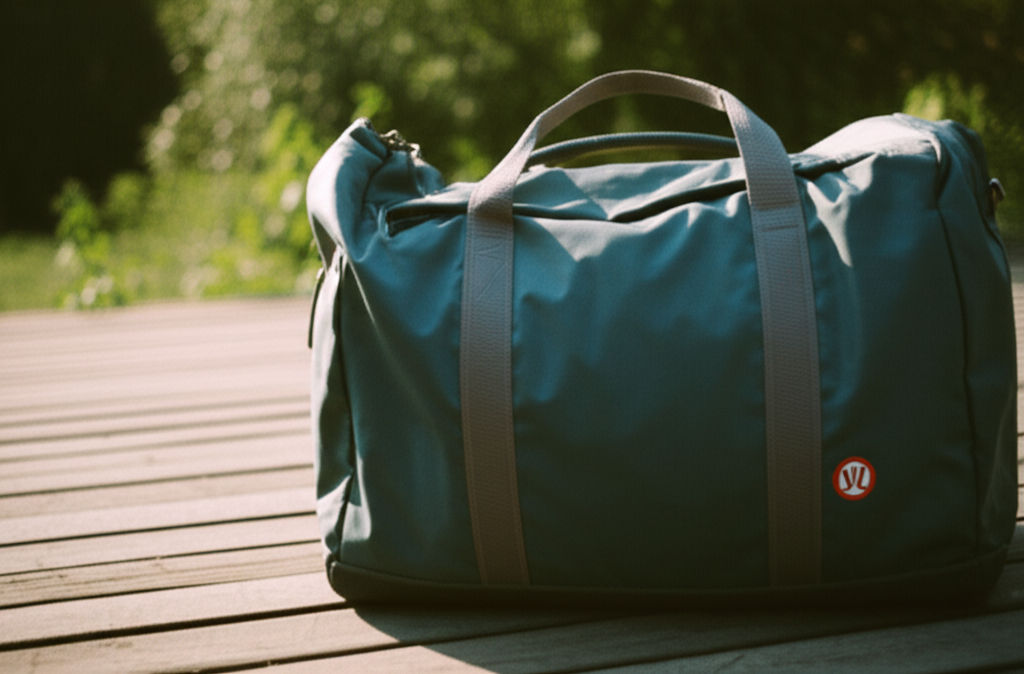
November 7, 2025
Lululemon Travel Bag for Active Lifestyles
Elevate your active travel! Find the ultimate Lululemon bag for seamless organization, durability, and style on all your adventures.




